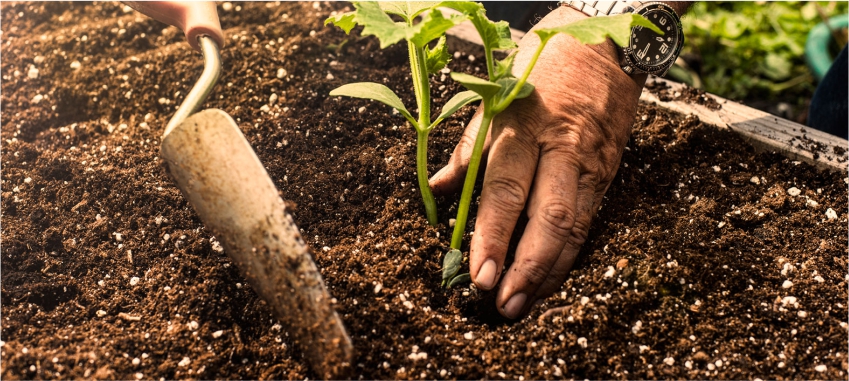09
Jun
these are some step which you have to follow to grow up your garden:
First off all Choose What You Want to Plant
The first step to you have decide exactly what you plan on planting. Vegetables, flowers or any of your choice, but if you taking this as a fun way to get yourself excited. If you’re planting flowers, do a little research to see which ones grow best in your climate and decide whether you prefer perennials, annuals or a mixture of both. Perennials last for years but have shorter blooming seasons, while annuals typically bloom for longer periods of time but will need to be replanted each year.
Choose the Right place
This is depend on the specific flowers or vegetables you’re choosing to grow, but here are some general guidelines: Most plants need a mixture of sun and shade, so look for a place that will get a full six hours of sunshine as well as a few hours of shade. Putting the garden next to the house usually allows for plenty of shade when the sun moves behind the building. Vegetables can be a little less tolerant if they don’t get enough sun or water, so if you’re growing them, make sure your spot error on the side of more sunshine and is close enough to a spigot that you’ll be able to water them easily.
If you live in a climate with exceedingly damp springs, you may want to ponder raised garden beds, which can drain a little more easily than traditional beds. That way, your plants won’t drown in soil that has too much moisture.
Clear Off the Top
When you’ve chosen your place, clear it completely of any weeds, sod or leaves that may be covering the area. You want to give your soil room to breathe and dry out a little – soil is typically too wet to handle when the snow has recently melted, so make sure to let it dry some before working with it. Do the gardeners test: Pick up a handful of soil, form a ball and drop it from 3 feet off the ground. If it breaks up easily, you can begin working the soil. If it clumps, it’s too wet, and you could damage it for the whole season by working with it at that point.
Now prepare the Soil
When your soil is dry enough, start preparing it by breaking it up. Use a tiller or hoe to loosen the top layers. This will allow the wet layers underneath to dry more and help the upper layers take in some of the nutrients of the additives you’ll spread on top. Cover your soil with organic compost followed by a layer of fertiliser. Let it soak in, then use a spade to turn the soil over and mix the compost in more. This will break the soil up further, allowing any new plants’ roots to take hold.
